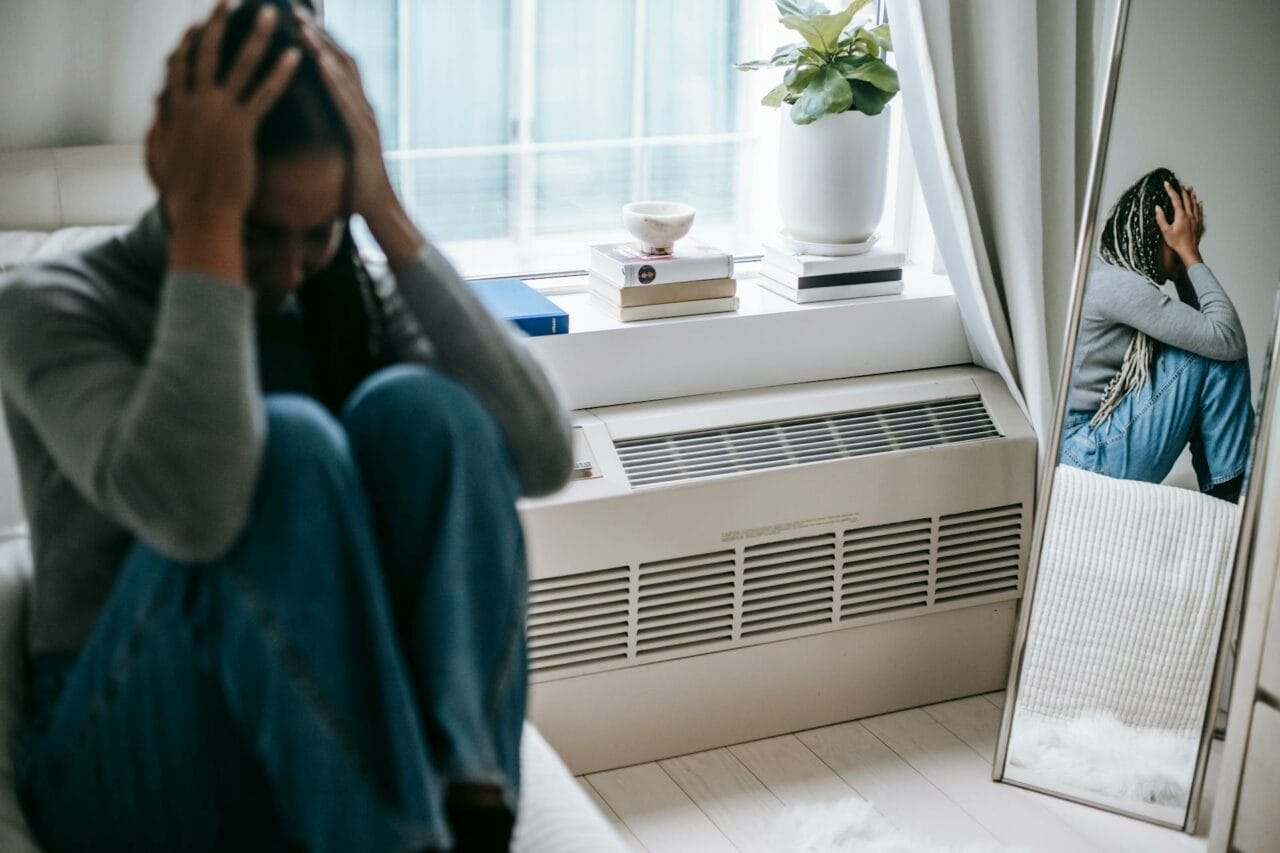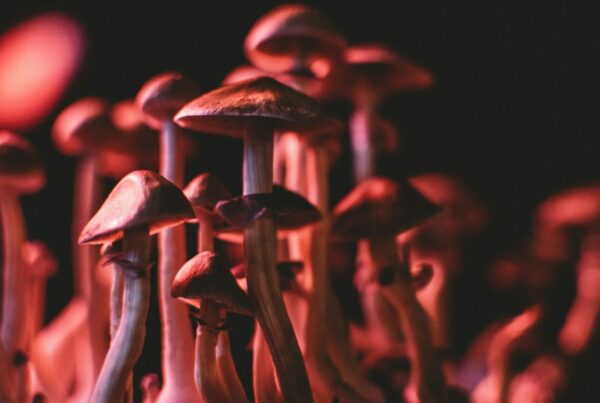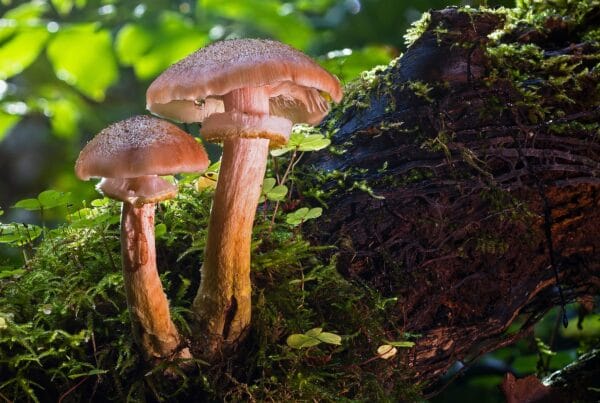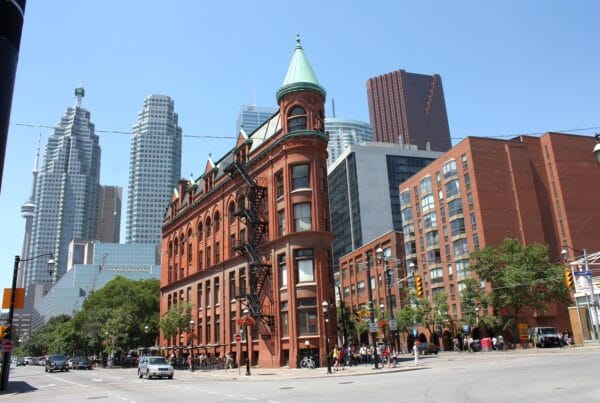Typically, anxiety is treated with a combination of medication and therapeutic efforts. Nevertheless, these methods may not yield results for everyone due to possible side effects. This has led to a growing fascination with alternative options like psychedelic therapy, which employs substances like “magic mushrooms Montreal” among others.
We are your go-to platform to buy psychedelics online in Canada. Our services are quick, secure, and discreet.
[toc]Key Takeaways:
- Psychedelic therapy combines the healing impact of psychedelic substances with traditional talk therapy to boost the healing process.
- Psychedelic therapy can improve emotional health and overall life satisfaction through spiritual journeys.
- The integration process is a crucial step in psychedelic therapy, designed to ensure a long-lasting impact post-therapy.
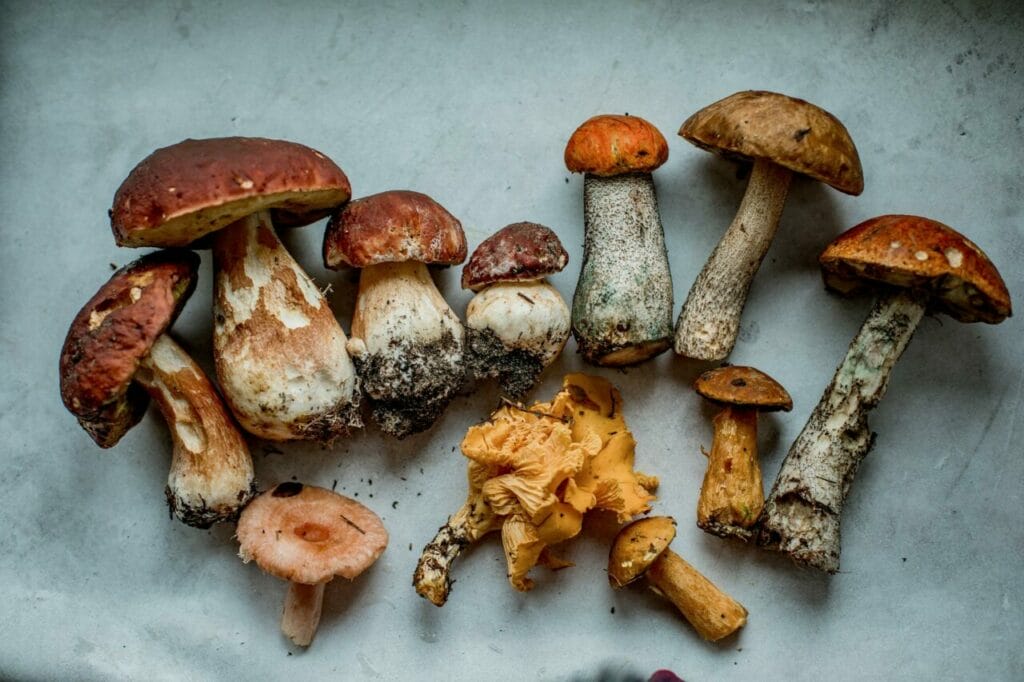
Statistics of Anxiety Disorders in Canada
The 2022 Mental Health and Access to Care Survey highlights an alarming increase in the prevalence of anxiety disorders in Canada. The percentage of Canadians aged 15 and older diagnosed with generalized anxiety disorder in the 12 months leading up to the survey increased from 2.6% in 2012 to 5.2% in 2022.
Contrasting Traditional Treatment with Psychedelic Therapy
Common treatments for anxiety disorders generally involve a mix of psychotherapy and medication. Psychotherapy, also referred to as psychological counselling, is a collaborative effort between a therapist and patient to alleviate anxiety symptoms.
On the other hand, anxiety medications help manage symptoms by tailoring treatment to the specific type of anxiety disorder, keeping in mind any concurrent mental or physical health problems. While treatment may differ based on individual circumstances, psychotherapy and medication remain the primary approaches.
Psychedelic therapy sessions are unique as they integrate one or two doses of a psychedelic substance with other therapeutic
Techniques:
Therapy through Psychedelics
Psychedelic therapy is a method of treatment that employs the advantages of psychedelic substances to enhance the healing journey. Known for their hallucinogenic qualities, these substances have been integral to holistic medicine and spiritual rituals in various cultures for millennia.
The most frequently used substances in this type of therapy are Lysergic acid diethylamide (LSD) and psilocybin. LSD induces alterations in mood, perception, and consciousness. Psilocybin, according to the Health Canada website, is the active ingredient in magic mushrooms. Consuming these mushrooms can trigger sensory experiences, such as visual, auditory, or tactile hallucinations.
Dosage Recommendations for Three Sessions
In psychedelic therapy, professionals assess patients to determine the appropriate dosage of psilocybin for their sessions. Dosages vary, with some patients starting with average levels, and others able to handle larger amounts of the substance. The therapy typically consists of one to three sessions, each lasting between six and eight hours and separated by several weeks. This method differs from traditional medications that require daily intake until a healthcare provider advises otherwise.
Spiritual and Transformative Experience
Unlike anxiety medications, which are designed to control symptoms, psychedelic therapy can induce transformative visions and feelings of divine connection, aiming to tackle the root causes of the condition. This therapy can significantly impact emotional health and quality of life.
The engulfing experiences can lead to deep introspection, heightened self-awareness, and improved emotional processing. These outcomes can stimulate personal development, inspire positive behavioural shifts, and enhance mental wellbeing.
Impacts
| Broadened Consciousness | Altered states of consciousness provide a renewed perspective of the world. | These elevated awareness levels typically result in: Deep insightsEpiphaniesImproved understanding of oneself and the surrounding world |
| Emotional Healing | Encourages emotional healing by offering a chance to face and process unresolved trauma, grief, or emotional pain. | This process assists in:Reaching deeply suppressed emotionsReleasing emotional barriersEnhancing emotional wellness |
| Increased Self-Awareness | Enhances connectivity among sensory brain areas while reducing connectivity within the default mode network. This network integrates brain regions that are linked and responsible for introspective thinking and the individual perception of oneself.” | These areas aim to: Transform negative thought cycles, beliefs, and ingrained behaviours. Empower users to gain profound insights into their authentic selves, motivations, and interpersonal interactions. |
Somatic Therapy
Somatic therapy, though not commonly linked with psychedelic therapy, is earning recognition for its potential benefits. This body-centric method explores the connection between mind and body. It’s based on the idea that past traumas may cause sensations to be confined within the body. Somatic therapists help individuals in identifying these physical sensations and utilize therapeutic methods to alleviate this tension.
Integration
This offers a platform for clients to attain clarity, broaden their outlook, and acquire wisdom from their psychedelic experiences. The transformational process happens during integration sessions with the therapist and the client’s proactive efforts outside of psychedelic journeying. Integration enhances the transformative effects of psychedelics through active engagement with surfaced insights and emotional revelations.
Types of Integration
- Journaling. By documenting experiences, individuals can solidify memories for easier recall in the future. It also enables clients to examine their experiences from different perspectives to discover alternative interpretations, meanings, and associations.
- Art. This provides an effective way to encapsulate a psychedelic journey’s complex emotions and feelings in a creative and visually expressive medium.
- Practicing Nature-based Approaches. These can be as simple as taking mindful walks in the forest or finding peace beside a tranquil water body. Therapists can help clients in recognizing the intricate patterns within nature or suggest using natural elements like plants, stones, water, and candles as grounding tools.
- Engaging in Integration Groups. Group sessions with individuals undergoing similar experiences provide a valuable opportunity for reflection, support, and bonding. The ability of psychedelic therapy to spark a sense of interconnectedness and shared understanding beyond individual limits is at its core.
The Role of These Techniques in Anxiety Treatment
The fundamental pharmacological principle behind all psychedelics is their ability to serve as agonists, or activators, of serotonin (5-HT) 2A
Psychedelic research primarily concentrates on the effects of these substances on the brain’s default mode network. This network is known for its role in repetitive thoughts and has been associated with disorders such as depression and anxiety. Treatment can significantly reduce anxiety levels, with effects potentially lasting up to 12 months after treatment.
Post a psilocybin session, patients typically engage in a profound spiritual experience, followed by a conversation with their therapist. These therapy sessions involve trained healthcare professionals who listen attentively to the patient and apply specific strategies to enhance the positive outcomes of the treatment.
These strategies collectively work towards providing long-lasting relief to individuals with anxiety in fewer sessions compared to traditional treatments.
Transform Your World, One Session at a Time
Many people rely on traditional treatments for anxiety, but not everyone finds them beneficial or satisfying. Psychedelic therapy provides an alternative by using unique techniques that can lead to transformative experiences. These methods work together to offer deep, lasting results—sometimes seen up to a year after just one to three sessions.
In addition to improving mental health, this therapy could also lead to significant cost savings for patients. Ready to discover a new path to wellness? Explore the potential of psychedelic therapy with Sero Canada.
Frequently Asked Questions
Is there a specific type of magic mushroom used for psychedelic therapy?
Often in psychedelic-assisted therapy studies, the type of mushroom used is not specified. However, Psilocybe cubensis is typically the mushroom of choice.
Online magic mushroom dispensaries offer a variety of strains to cater to different needs. It’s up to you to choose any strain to experience the therapeutic benefits of psychedelics. However, ensure to exercise caution and choose a reliable seller to avoid getting unsafe magic mushrooms from dishonest sources.
How long does psychedelic therapy last?
Psychedelic therapy consists of multiple stages and its duration can differ. A single session where the psychedelic is taken lasts between 4 to 8 hours. The whole therapy process, including preparation, the session, and follow-up conversations, can last from a few weeks to several months.
In terms of lasting impacts, individuals have reported improvements in their mental health for several months or even up to a year after therapy.
Over a year, just a few sessions may be all that’s needed.Several sessions are typically included.
Does the therapist guide the patient on their spiritual journey?
During this stage, professionals such as therapists or other staff members may provide guidance to the patient. Studies suggest that Spiritual Health Practitioners (SHPs) offer unique and invaluable insights to improve participants’ wellbeing and support their progress throughout their spiritual journey. Some people choose to seek help from an SHP, while others rely on the therapist or specialist available.
Is the concept of “set and setting” integrated into the process of psychedelic therapy?
Indeed, both the individual’s mindset (set) and the physical environment (setting) play a vital role in safely enabling spiritual experiences during a psychedelic therapy session. The person’s mental state influences their spiritual journey, affecting the experience both before and during the psychedelic session. Factors such as beliefs, expectations, emotional states, and intentions determine the direction and depth of the experience.
Primary Source: Psychedelics as Emerging Treatments for Anxiety Disorders: Opportunities and Challenges in a Budding Field – PMC (nih.gov)
About the Authors:
Franklin King, IV, MD. and Rebecca Hammond, M.D.
Related Articles:

